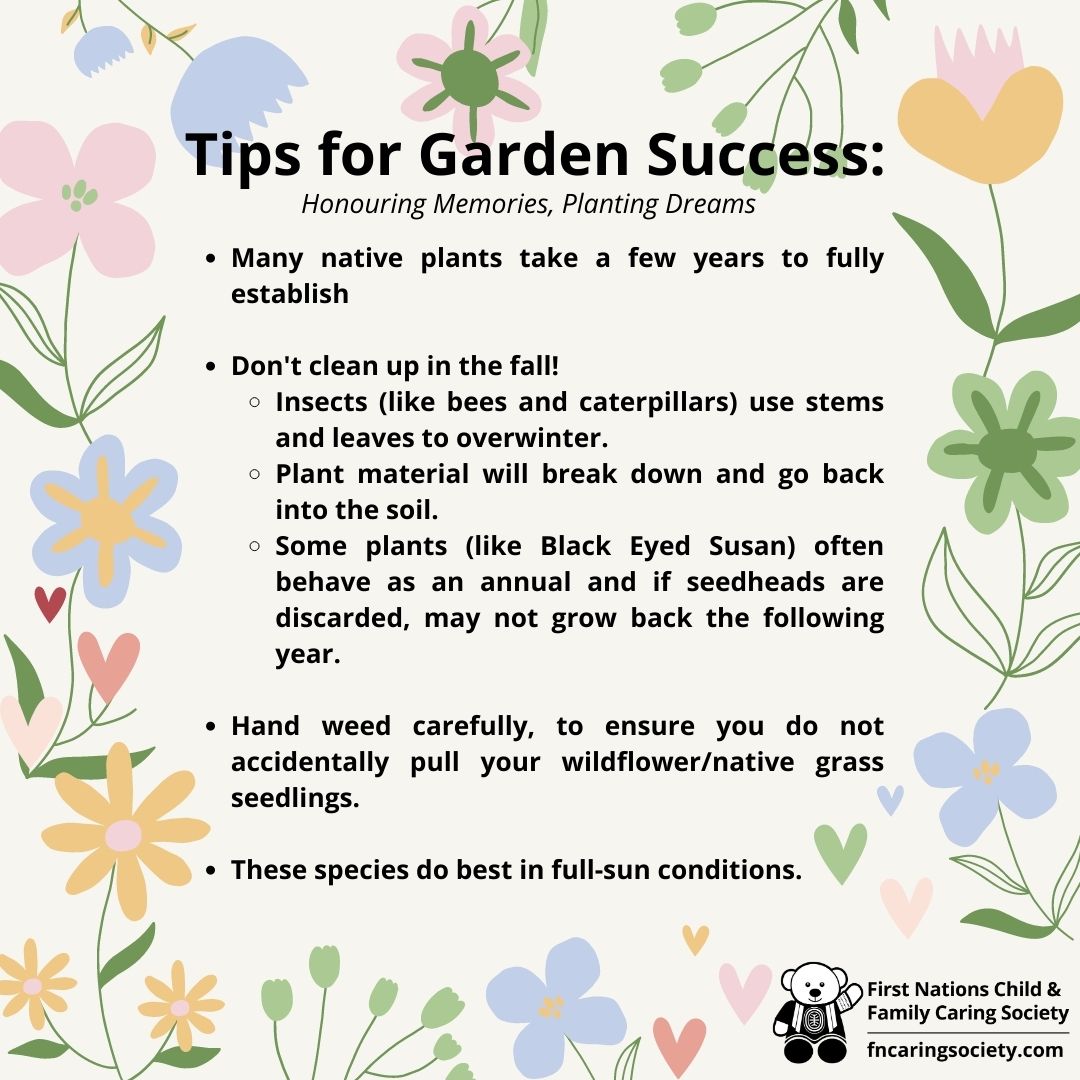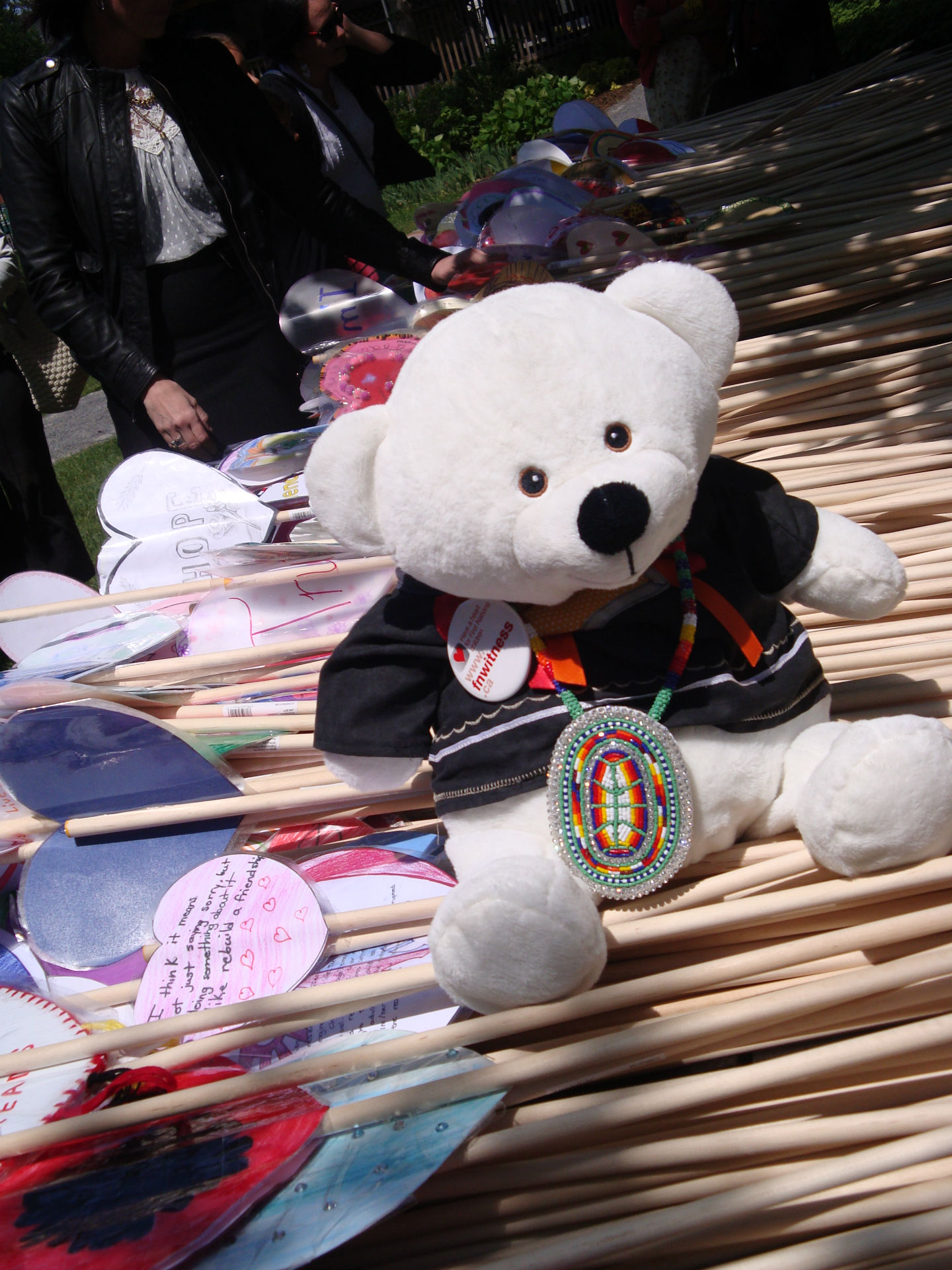Honouring Memories, Planting Dreams
Celebrated in May and June, Honouring Memories, Planting Dreams invites people of all ages to plant heart gardens in memory of children lost to the residential school system, to honour residential school survivors and their families, and support the legacy of the Truth and Reconciliation Commission (TRC).
The inaugural Honouring Memories, Planting Dreams event took place at Rideau Hall as part of the Truth and Reconciliation Commission of Canada’s closing ceremonies on June 3, 2015. In support of the main event, individuals and organizations across Canada planted more than 6,000 hearts in over 80 heart gardens.
Planting a garden represents our commitment to reconciliation: both require our ongoing care, attention, and commitment in order to prosper. Read on for actions you can take to participate in Honouring Memories, Planting Dreams.
In the spotlight:
- Read Spirit Bear's book Honouring Memories, Planting Dreams and the book's learning guide.
- Learn more about the significant roles of these historical figures in the residential school system by watching these videos.
- Read Spirit Bear's Guide to the Truth and Reconciliation Commission's Calls to Action
Take action and plant your heart garden!
Whether you are an individual, a group, or an organization, anyone can plant a heart garden to show their commitment to reconciliation. Check out the heart garden gallery for inspiration, or see below for some frequently asked questions. Don't forget to take pictures of your heart garden and share them on social media using #HeartGarden and #HonouringMemoriesPlantingDreams.


